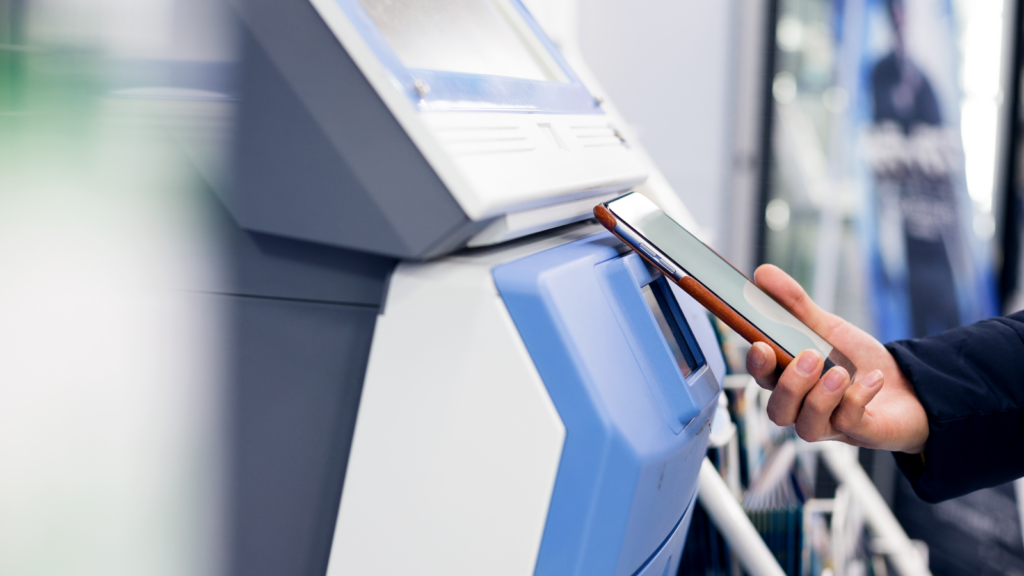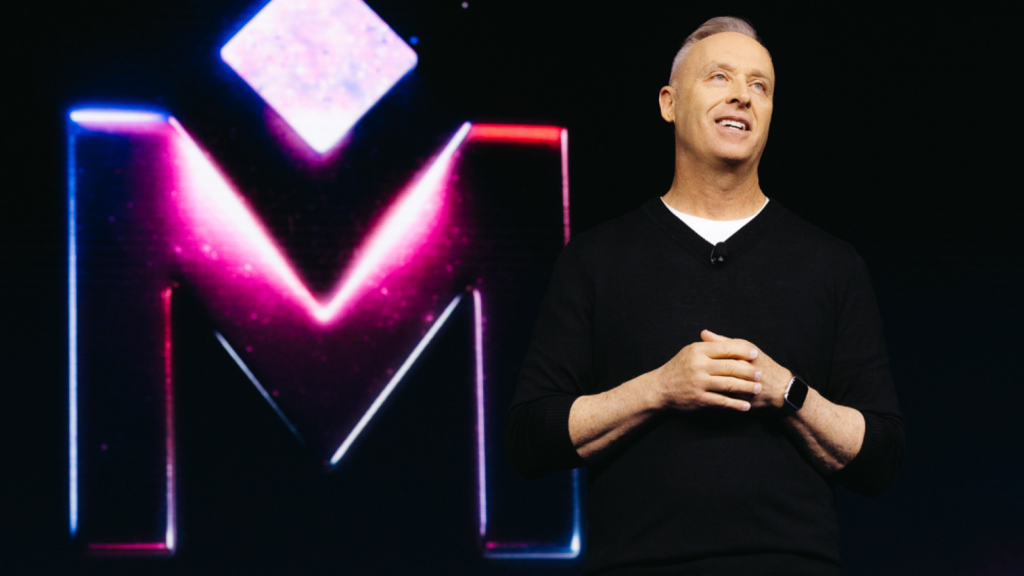Industry experts weigh in on how to address top customer experience challenges and improve the customer experience for your organization.
Looking to make the case for introducing a new customer experience program at your company? Want to gain buy-in for investing more heavily in an existing customer experience program? There are many benefits of allocating resources to improve the customer experience, especially when it comes to driving long-term business outcomes like revenue and customer loyalty.
In fact, organizations with a superior customer experience generate nearly 6 times the revenue of customer experience laggards, and the majority of customers (73%) say that customer experience shapes their brand loyalty.
Companies that lack a formal or mature customer experience program, on the other hand, are likely to face major customer experience challenges, including churn and a poor employee experience.
Customer Experience Challenges, According to the Experts
We asked customer experience experts what it takes to improve the customer experience and what disadvantages brands face if they don’t seriously consider customer experience. These seasoned leaders have real-world experience creating and running customer experience programs at top organizations in retail, financial services, healthcare, and government.
Here they’ve shared the top five customer experience challenges companies can solve by creating a best-in-class customer experience program.
#1: Inconsistent customer experiences
Jodi Searl was the Head of Global Dealer Training for the Harley-Davidson Motor Company, where she led the strategic transformation and operationalization of customer experience for the global dealer network. She says organizations that aren’t internally aligned around understanding and meeting customer expectations run the risk of creating “inconsistent brand experiences” throughout the customer journey.
That’s something that Toni Land, who previously served as Chief Patient Experience & Quality Officer at the Medical Center Health System and Director of Patient Experience at Prisma Health, echoes. “One of the biggest pain points that patients of healthcare organizations without patient experience programs endure is facing barriers to care,” she explains. “Even getting in contact with the organization and getting an appointment in a timely fashion can be a challenge. These customer experience challenges aren’t good for the organization and their profitability, and they also aren’t good for the patient. Either patients end up waiting longer than they need to to get an appointment, or they go somewhere else, where they can get an appointment quicker.”
#2: Customer churn
“Organizations without a true customer experience program aren’t able to truly listen to or deliver personalized experiences for their customers,” says Bill Staikos, the former Head of Customer Experience at Freddie Mac for their single family guarantee portfolio, as well as the former Head of Customer Experience Analytics & Strategy for Chase’s Home Lending business.
As a result, brands are more likely to struggle with delivering seamless experiences and retaining customers over the mid- to long- term.
#3: Employee disengagement
One of the most important customer experience and employee experience lessons is that the two are linked. As stated at Experience 21, brands that lead in customer experience — and also the market — have 1.5 times more engaged employees than with the ones with less satisfactory customer experiences.
Bill Staikos explains the rationale behind this strong link between employee experience and customer experience: “Employees want to work with organizations that are winning,” he says. “And one great way that you can measure that is through understanding and measuring the customer experience through NPS and overall customer satisfaction. Being able to connect these key metrics together to the work that people do every day helps people understand why they come to work every day.”
Brands that don’t have a clear picture of both employee and customer experience data run the risk of poor employee and customer outcomes.
#4: Low consumer trust
Lee Becker learned about the powerful connection between customer experience and customer trust firsthand from his experience developing award-winning programs and capabilities in support of customer, patient, and employee experience at the U.S. Department of Veterans Affairs and Department of Defense.
He launched the first-ever customer experience program at the VA with a goal of capturing the voice of the veteran and incorporating it into everything the organization did. Today, the VA continues to partner with Medallia on its customer experience program.
“Through these initiatives, we have seen that applying customer experience efforts can actually help move the needle on improving consumer trust,” he says. “We’ve been able to move the needle on trust from scores that were in the low 50% range before we started to an impressive 90%.”
#5: Siloed views of the customer experience
Zack Hamilton helped launch a cross-functional, omnichannel customer experience program at Aaron’s, designed to optimize the customer experience across the entire journey. It was something the company implemented to eliminate customer experience silos and align customer experience priorities across key departments like operations, the contact center, and marketing.
“Before launching the program, what was really, really challenging at Aaron’s was that every team had a different idea about what customer experience was,” he explains. “In operations, the focus was on NPS. And in the contact center, it was all about how quickly we were resolving issues — what our on-hold time or average handle time was, for example.”
“The contact center team would say, ‘We’re delivering great service, because our customers were only on hold for 10 seconds, and then we’re only on the phone with them for three minutes.’ But they weren’t looking at measuring the impact of that resolution and verifying whether we did truly deliver a great experience, which in turn triggered the customer to complete repeat purchases and continue to spend with us.”
He adds that the same efforts — rushing to wrap up a call in a given timeframe — could have also potentially resulted in a dissatisfied customer experience with the team focusing on a KPI like speed instead of on fully resolving a given issue. Prioritizing the wrong KPI could have not only harmed the customer experience, but also hurt the company’s revenue.
Getting started with optimizing customer experience at your company
Are you part of an organization that doesn’t yet have a dedicated customer experience program? Or have you successfully launched a customer experience program but are still working to put the right people, systems, practices, and technology in place?
Wherever you are on your customer experience management journey, you’re not alone. Every customer experience team has to start somewhere, and, as customer expectations change, so do management tools and best practices. There’s always more that can be done to improve the customer experience.
To help put a strong customer experience plan into practice, download Medallia’s e-book: Ready, Set, Go: How to Launch a Customer Experience Program







